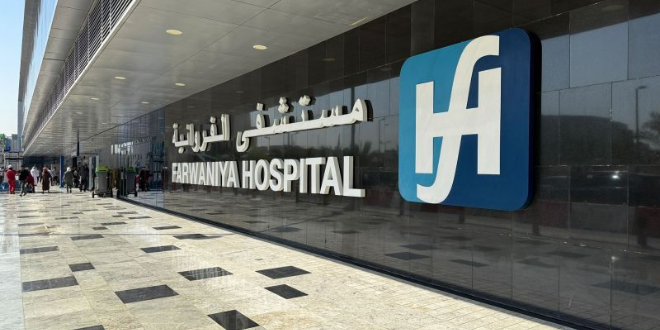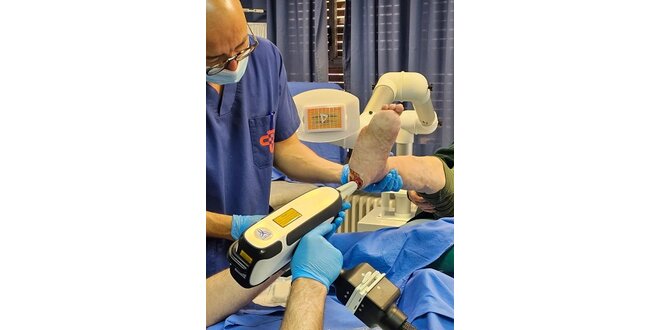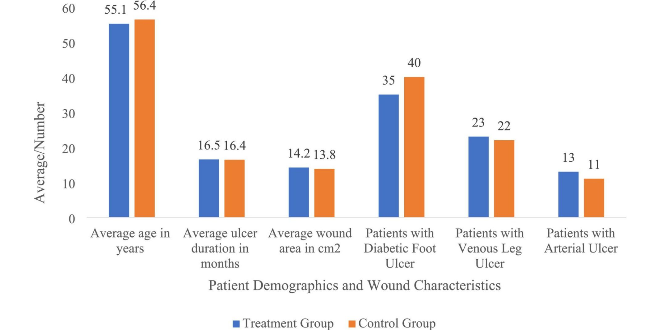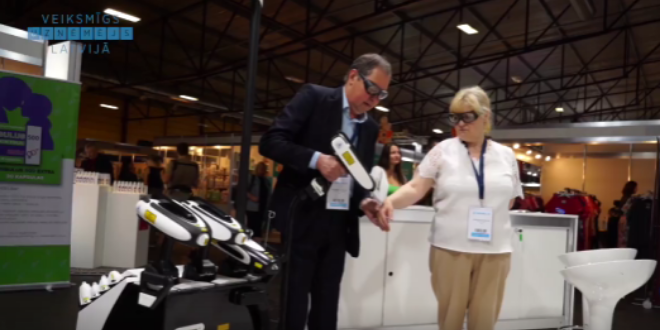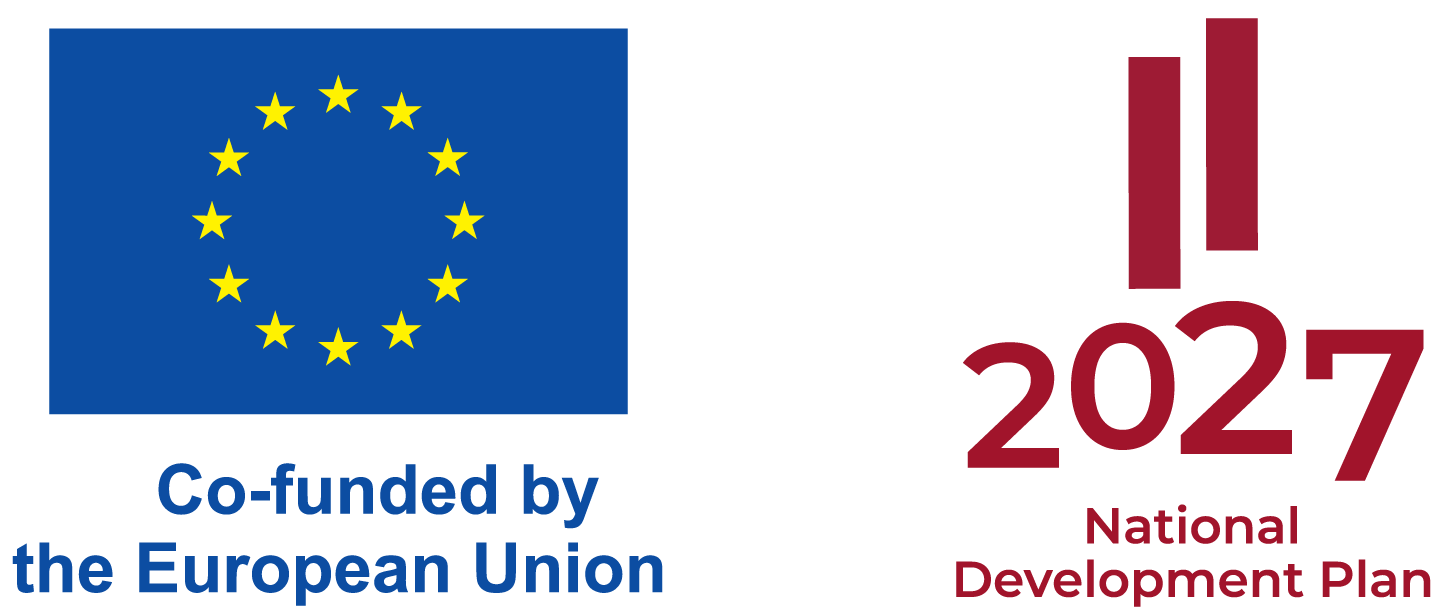WAVE™ Endovenous Laser Treatment (EVLT) by LINLINE
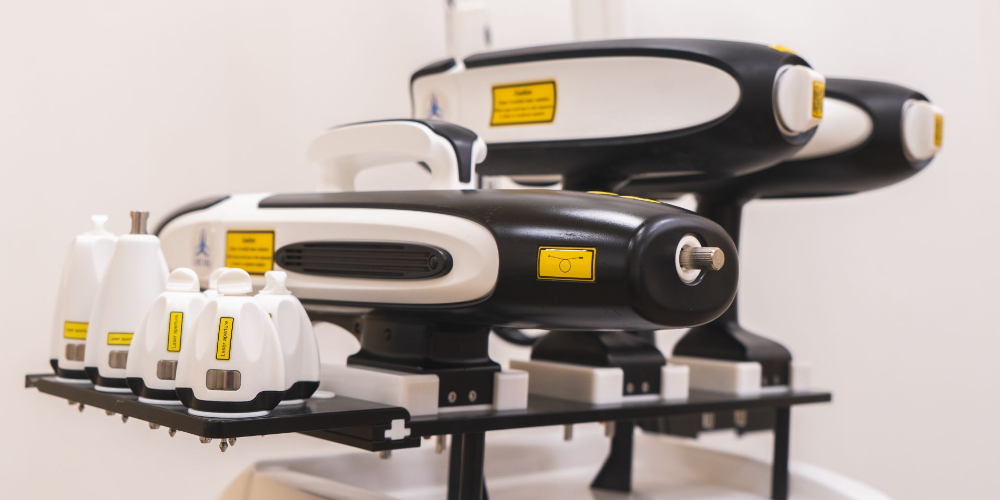
WAVE = Wall-Absorptive Vein Endoclosure
WAVE™ is LINLINE’s approach to treating refluxing saphenous and accessory veins from the inside. A thin quartz fiber is placed in the target vein under ultrasound; laser energy is then delivered along the segment to seal the venous wall and redirect blood to healthy veins—relieving symptoms and improving leg appearance with a minimally invasive, outpatient workflow.
What happens inside the vein
The optical fiber carries near-infrared laser light into the vein. That light is absorbed by blood/water and the venous wall, generating controlled intraluminal heat that causes coagulation or carbonization as the fiber is steadily withdrawn. In practice, EVLC has been performed with wavelengths from ~0.81–1.06 µm (“hemoglobin band”) and ~1.3–1.5 µm (“water band”).
What makes WAVE™ different
1) Put the absorber on the wall, not on the tip
Classic EVLC often becomes non-selective because soot (carbon) forms and sticks on the fiber tip. That carbon soaks up the beam, overheats the quartz, and turns the tip into a glowing hot probe—energy stops traveling outward and, on contact, can perforate the wall.
WAVE™ uses pulsed delivery so any nascent carbon is “off-shot” from the tip and driven into the venous wall. The soot becomes a high-absorption layer on the wall itself, where closure is desired. The tip stays optically clean, heat is deposited where it matters, and lower doses are needed to achieve efficient vein destruction.
2) Dosimetry by Power (W) + Pullback speed (mm/s)
Reporting J/cm alone hides what truly governs comfort and selectivity. With higher power and faster, steady pullback, heat concentrates in the venous wall, not in perivenous tissues (the opposite happens with slow/low-power passes). WAVE™ protocols emphasize W + mm/s for predictable, wall-focused heating.
3) Comfort-oriented wavelengths (~1.4 µm)
Operating in the water-absorption band (~1.4–1.5 µm) improves wall coupling and helps limit collateral thermal spread—especially when combined with the wall-localized absorber and W+mm/s dosing. Expect less tissue trauma, shorter rehabilitation, and reduced pain.
4) Leaner tumescence strategies
Large-volume tumescence is often used in EVLC to carry heat away. With WAVE’s wall-focused parameters, required volumes can be reduced, and in select scenarios tumescence may not be mandatory (per clinician protocol).
5) Perforators included
Perforator veins can be treated endovenously using Nd:YAP ~1.44 µm in pulsed modes; due to higher intraluminal pressure, doses are increased versus subcutaneous trunks.
Fiber geometry matters (and why we don’t use radial tips)
WAVE™ uses an end-firing fiber with high-frequency pulsed mode—not a radial tip. Other systems struggle with charred tips that absorb nearly all energy at the fiber face; the device then acts like a hot probe inside the vein, and energy does not exit effectively. In WAVE™, pulses eject any forming char and seat it into the wall, keeping the tip clean and targeting the wall from inside—so we achieve reliable closure with less energy and a lower perforation risk.
Why patients and clinicians choose WAVE™
- Minimally invasive, outpatient pathway with ultrasound guidance.
- Comfort-oriented wall heating and controlled dosing reduce perivenous thermal spread.
- Lower chance of perforation by avoiding tip overheating and localizing absorption to the wall.
- Potential for shorter rehabilitation and reduced pain versus non-optimized methods.
Indications & scope
- Refluxing great/small saphenous trunks, accessory veins; selected perforators with adjusted dosing.
- Not for spider veins alone; superficial telangiectasias are managed after axial reflux is corrected. (General EVLC practice context.)





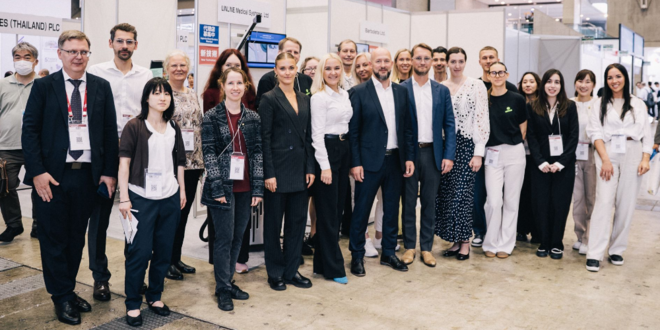
 06.10.2025
06.10.2025